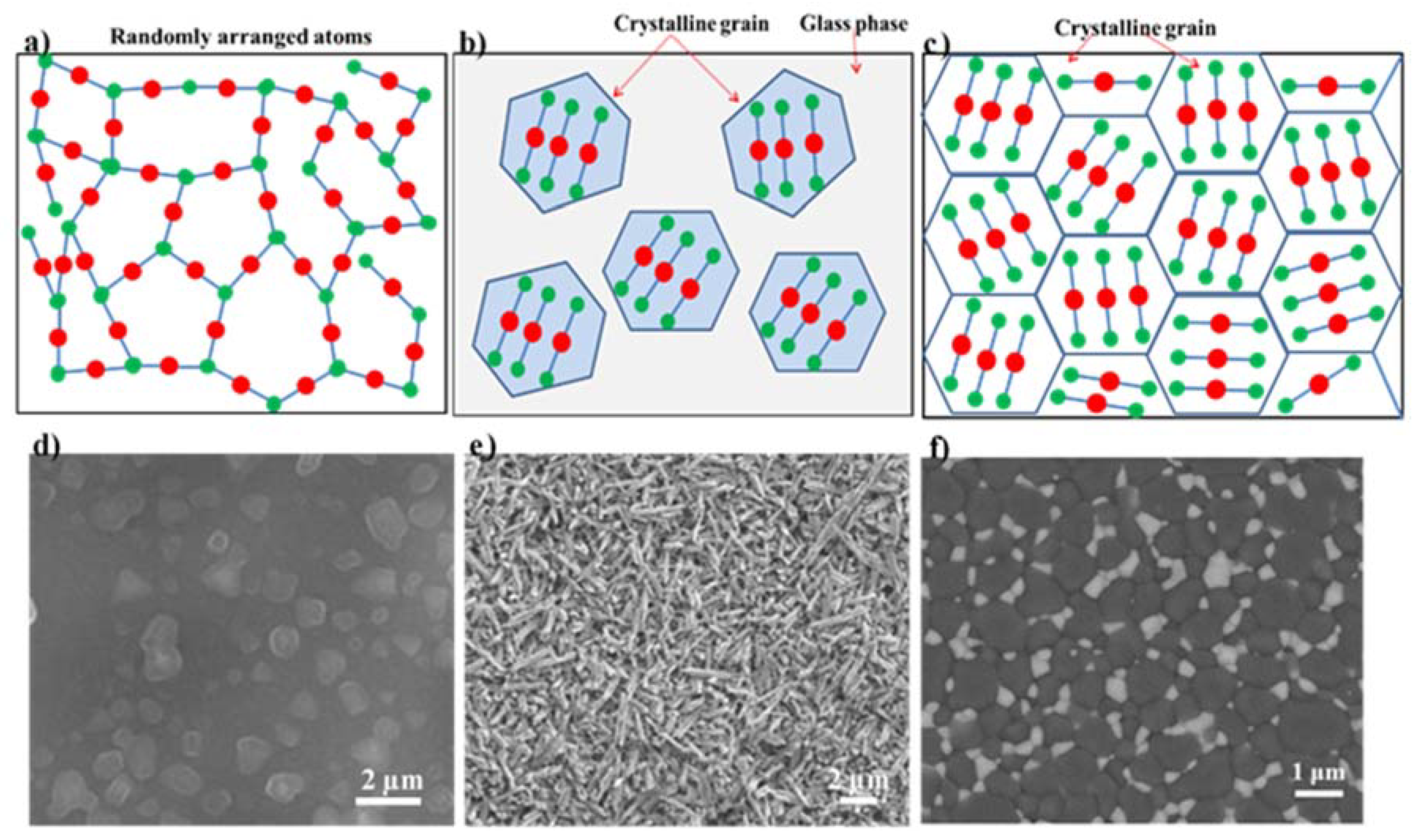Transparent cordierite based glass ceramics with high crystallinity were prepared by the controlled crystallization of parent glass with different zno additions.
Transparent glass ceramics based on zno crystals.
Transparent zincite zno glass ceramics were obtained by secondary heat treatments at 680 860 c.
Pinckney reported the first zno precipitated tgc based on a parent glass of sio 2 al 2 o 3 zno k 2 o.
The materials can be.
The average crystal size obtained from the x ray diffraction data was found to range between 14 and 35 nm.
38 45 47 at elevated temperatures a disordered and then ordered pyrochlore type structure is.
The materials can be highly transparent with zno crystal sizes on the order of 5 20 nm dispersed uniformly throughout an alkali aluminosilicate glass.
Nano sized zno crystals could precipitate in quenched glass ahead of heat treatment when x 40 in 44sio 2 11al 2 o 3 x zno 10k 2 o mol i e with a particular precursor composition 41 9sio 2 10 5al 2 o 3 38 1zno 9 5k 2 o mol after normalization.
When las or mas glasses nucleated by tio 2 or zro 2 are doped with re ions re 2 ti zr 2 o 7 crystals with the defect fluorite structure precipitate.
As the b 2 o 3 is replaced by zno gradually the glass transition temperature changed slightly while the onset crystallization temperature and the crystallization peak temperatures shifted to lower values.
This is one of the few transparent yet relatively highly crystalline materials based on a semiconductor crystal phase.
Controlling the crystallization condition can allow the formation of highly transparent zno doped gcs.
Download citation transparent glass ceramics based on zno crystals glass ceramics based on hexagonal zno crystals can be obtained in the sio2 al2o3 zno k2o system.
Transparent glass ceramics based on nano sized crystals of re titanates and titanates zirconates.
The glass must be melted at temperatures over 1600 c and crystallization occurred at temperatures between 650 and 1100 c.
Glass ceramics based on hexagonal zno crystals can be obtained in the sio 2 al 2 o 3 zno k 2 o system.






























